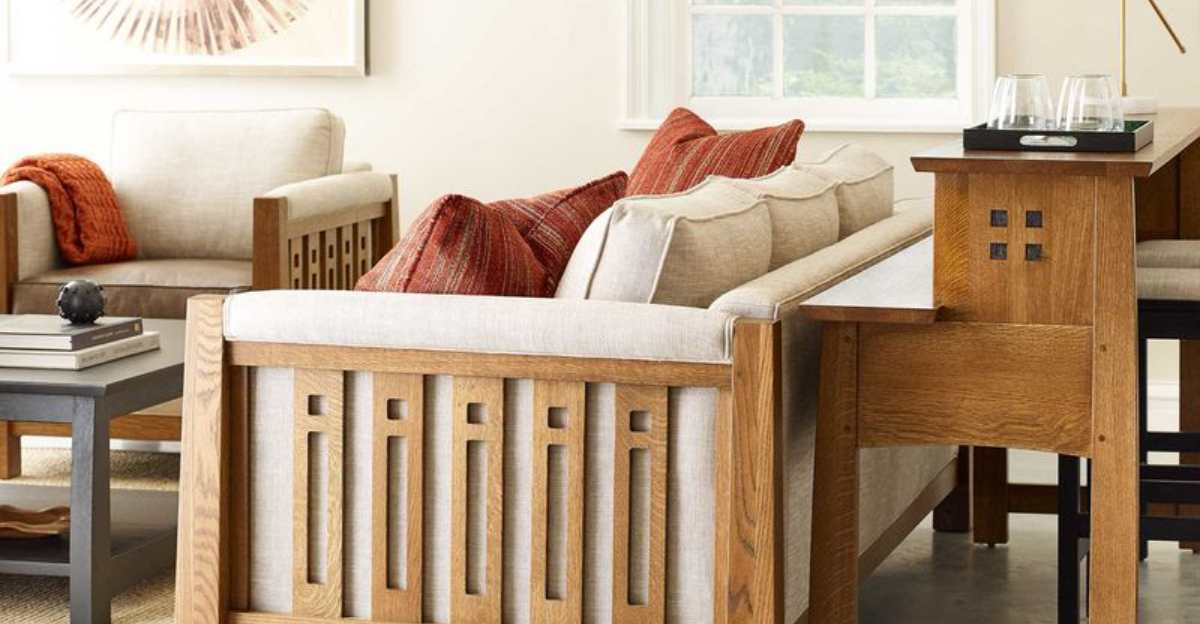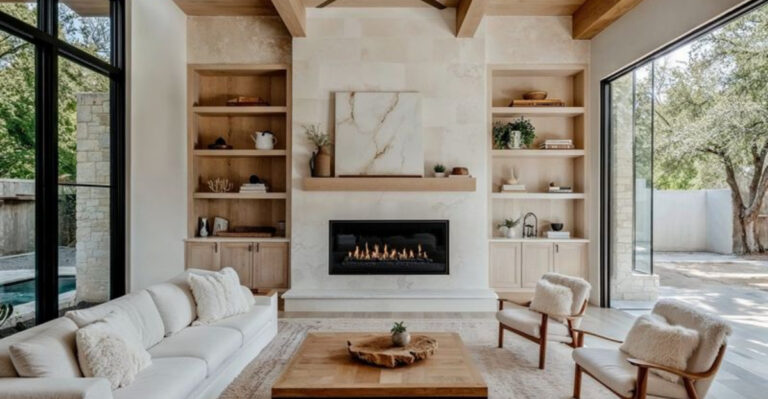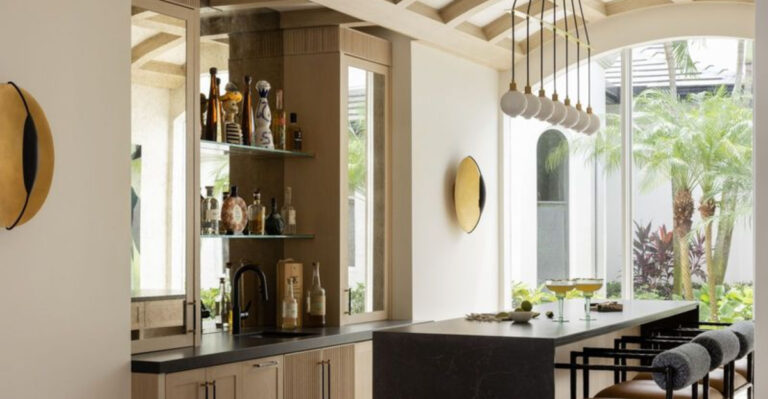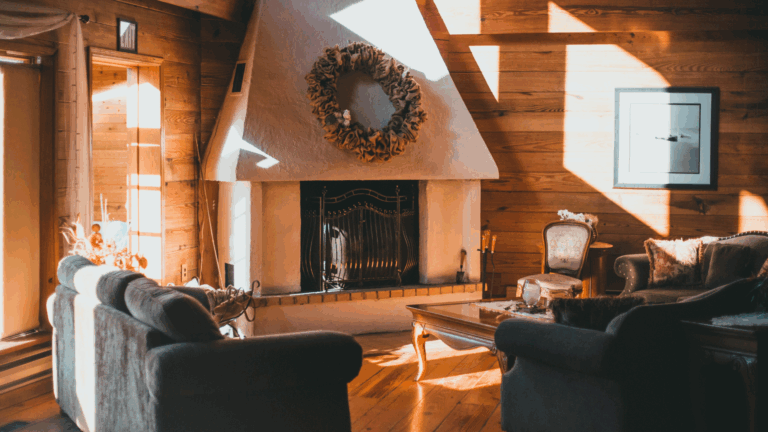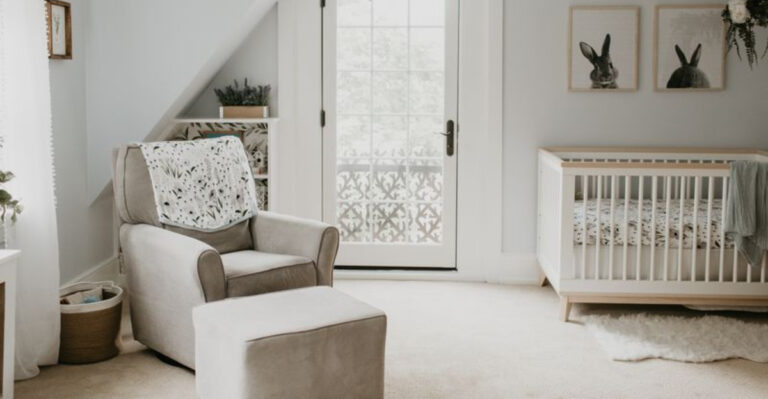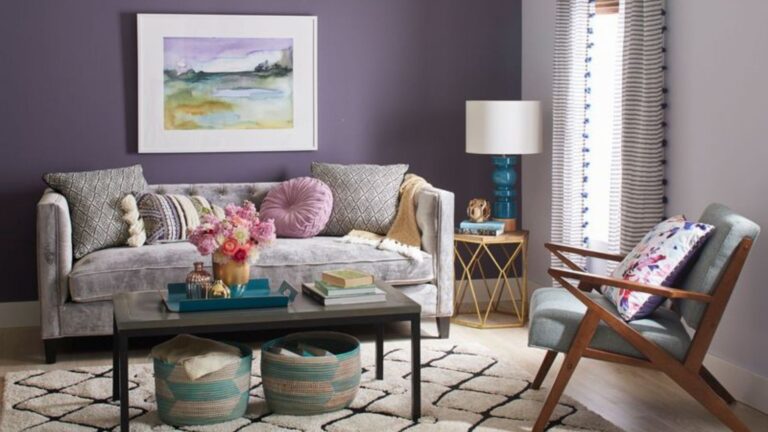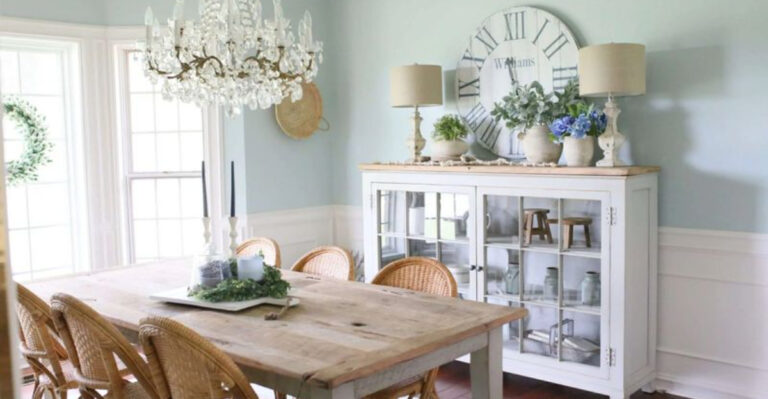15 Types Of Furniture You Should Never Paint, Pros Warn
I’ve always loved the idea of giving tired furniture a fresh coat of paint to turn it into a showstopper. But after chatting with professional designers, I learned that some pieces should never meet a paintbrush.
Certain materials and construction styles make painting a risky move that can actually ruin their beauty and value, sometimes costing more than it’s worth to fix.
Before you dive into your next DIY project, let me share what furniture deserves to stay untouched so you can protect your treasures and still get that stunning transformation you want.
1. Solid Wood Antiques From The 1800s Or Earlier

Antique solid wood pieces carry stories in their grain that paint would silence forever. Museums pay millions for furniture with original finishes intact because collectors prize authenticity above all else.
Paint destroys the patina that took centuries to develop naturally. Professional appraisers can spot painted antiques immediately, causing values to plummet by up to 90 percent overnight.
If your piece needs refreshing, hire a furniture conservator instead of reaching for primer.
2. Teak Outdoor Furniture Sets

Teak naturally resists weather, insects, and decay thanks to oils that paint would seal away completely. Manufacturers spend extra money using teak specifically because it weathers beautifully without any protection needed.
Paint traps moisture against the wood, causing rot in furniture designed to last decades outdoors. The natural silver-gray patina that develops makes teak even more valuable over time.
Regular cleaning with teak oil maintains the wood’s protective properties far better than any paint coating ever could.
3. Mid-Century Modern Pieces With Original Hardware

Collectors hunt for authentic mid-century pieces with original finishes because reproductions flood the market constantly. Paint immediately flags a piece as modified, destroying its collectible status among serious buyers.
Original walnut, rosewood, and teak finishes showcase the era’s obsession with natural materials and clean lines. Even minor touch-ups can reduce value significantly in this demanding market.
Professional restoration maintains authenticity while paint transforms valuable vintage into worthless replica furniture instead.
4. Hand-Carved Wooden Religious Or Cultural Artifacts
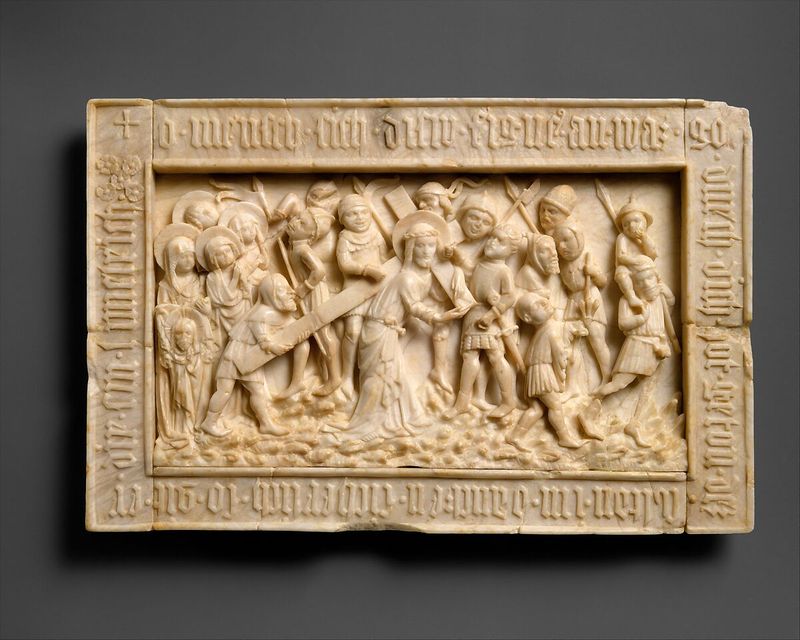
Artisans spend months carving intricate details that paint would obscure completely, hiding the skill and time invested in each piece. Religious and cultural items often hold spiritual significance that paint could diminish or destroy entirely.
Hand-carved textures create shadows and depth that flat paint surfaces eliminate, reducing artistic masterpieces to basic furniture pieces. Many cultures consider altering sacred objects disrespectful or even offensive to community traditions.
Preservation maintains both artistic and cultural integrity for future generations to appreciate and study.
5. Expensive Hardwood Dining Tables With Unique Grain Patterns
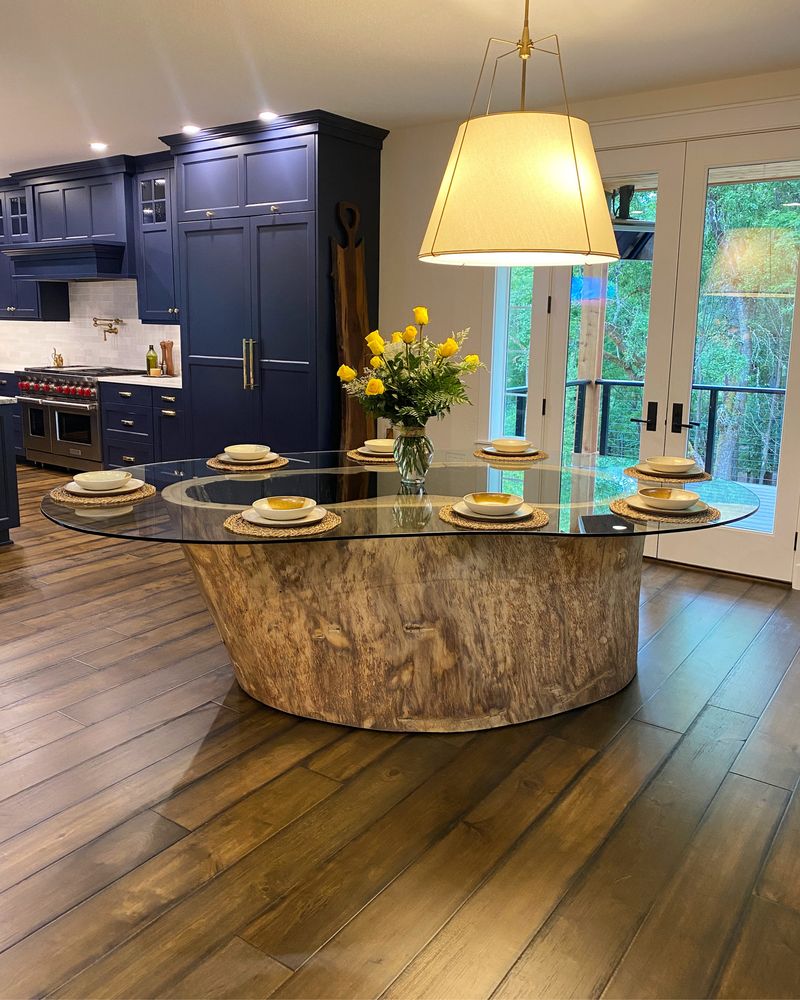
Furniture makers charge premium prices for tables with spectacular grain patterns because finding matching wood takes years of searching. Paint covers the exact feature that justified the original high cost completely.
Burl, flame, and bird’s eye patterns occur naturally in less than one percent of trees, making them incredibly rare and valuable. Professional woodworkers specifically choose these pieces to showcase nature’s artistry through clear finishes only.
Refinishing preserves investment value while paint destroys the unique characteristics that made the table special originally.
6. Bamboo Furniture And Room Dividers
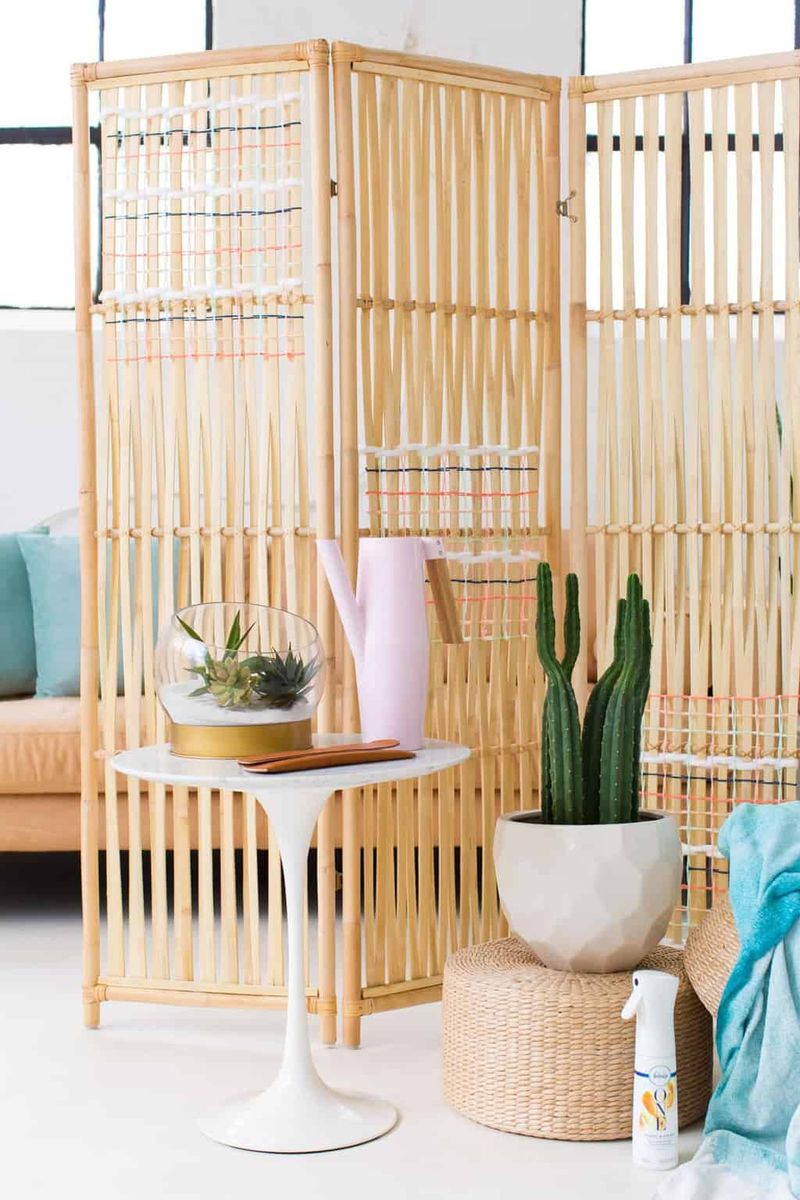
Bamboo’s natural flexibility comes from its cellular structure, which paint can compromise by preventing the material from breathing properly. Environmental changes cause bamboo to expand and contract, making paint crack and peel constantly.
The characteristic joints and natural coloring define bamboo’s aesthetic appeal entirely, giving rooms an organic, zen-like atmosphere. Paint transforms this sustainable, eco-friendly material into something that looks artificial and cheap instead.
Regular dusting and occasional bamboo oil treatments maintain the natural beauty without compromising structural integrity or visual appeal.
7. Wicker And Rattan Patio Sets

Wicker and rattan fibers need to breathe and flex naturally, but paint creates a rigid shell that causes cracking with normal use. These natural materials expand and contract with humidity changes throughout seasons constantly.
Paint fills the tiny gaps between woven fibers, destroying the texture and visual interest that makes wicker furniture appealing to buyers. Professional cleaning and conditioning maintain flexibility while preserving the handwoven craftsmanship that mass-produced furniture lacks.
Natural finishes allow the intricate weaving patterns to remain visible and touchable for years of enjoyment.
8. Leather-Upholstered Furniture With Wooden Frames

Leather develops character through use, creating patina that paint on wooden frames would clash with visually and stylistically. High-end leather furniture costs thousands because both materials age beautifully together when left natural.
Paint prevents wood from breathing, potentially causing frame damage that expensive reupholstering cannot fix later. Leather conditioners and wood polishes work together to maintain the luxury appearance that paint would cheapen significantly.
Professional restoration addresses wear issues without compromising the sophisticated look that makes leather furniture a worthwhile investment piece.
9. Reclaimed Wood Furniture Made From Barn Boards

Reclaimed wood tells stories through nail holes, weather marks, and natural aging that paint would erase completely forever. People pay premium prices specifically for the history and character that decades of use created naturally.
Barn wood’s rustic charm comes from authentic weathering that no paint technique can replicate convincingly or affordably. The environmental benefit of reusing old materials disappears when paint covers the proof of sustainable practices.
Clear protective finishes preserve the authentic patina while allowing the wood’s history to remain visible and appreciated by future owners.
10. Solid Cherry Or Walnut Bedroom Sets
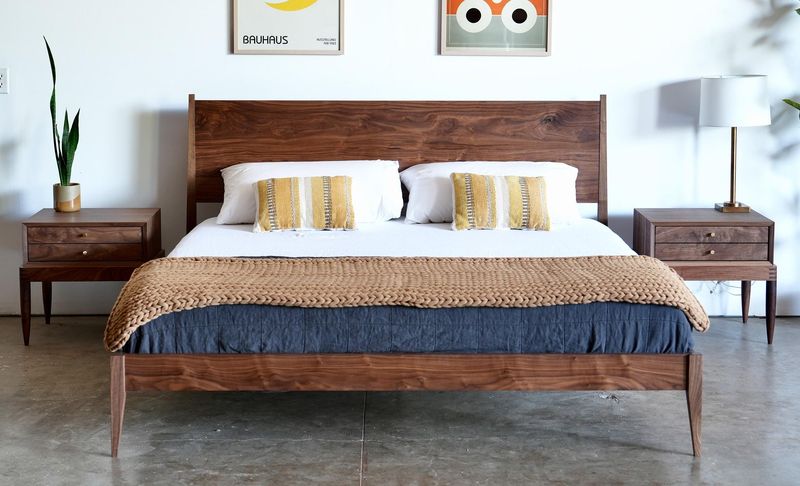
Cherry and walnut darken beautifully with age, developing rich colors that paint would hide permanently from view. These premium hardwoods cost significantly more than pine or oak specifically because of their superior aging characteristics.
Furniture makers choose these species to showcase their natural beauty through clear finishes that highlight grain patterns. Paint reduces expensive hardwood furniture to the same visual level as cheap particle board alternatives available everywhere.
Professional refinishing restores the natural luster while maintaining the investment value that makes quality hardwood furniture worth purchasing originally.
11. Vintage Metal Furniture With Original Factory Finishes

Industrial furniture from the early 1900s often features unique factory finishes that modern paint cannot replicate accurately or convincingly. Original patina tells the story of the piece’s working life in factories, schools, or offices.
Metal restoration specialists can remove rust while preserving original finishes that collectors value highly in today’s industrial decor market. Paint covers manufacturer markings and date stamps that help authenticate and value vintage industrial pieces correctly.
Professional conservation maintains historical integrity while ensuring the furniture remains functional for contemporary use and appreciation.
12. Handmade Shaker-Style Furniture
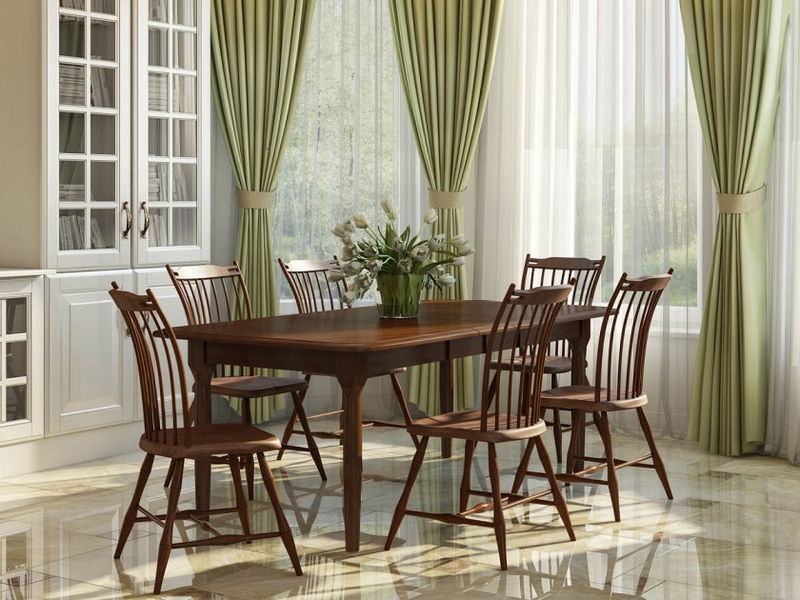
Shaker furniture philosophy emphasizes natural materials and honest construction that paint would contradict completely and fundamentally. These religious craftsmen believed in showcasing God’s creation through unadorned wood that revealed natural beauty.
Authentic Shaker pieces command high prices specifically because of their historical significance and traditional construction methods.
Preservation honors the Shaker tradition while maintaining the investment value that comes from respecting historical craftsmanship and religious significance.
13. Exotic Wood Pieces Like Ebony Or Rosewood
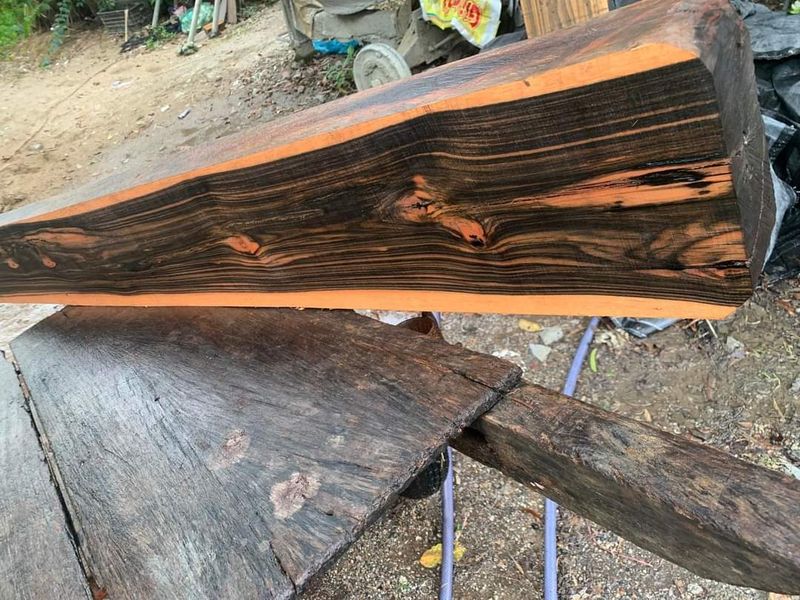
Exotic woods cost hundreds of dollars per board foot because of their rarity and stunning natural colors that paint would hide completely. Ebony’s deep black and rosewood’s purple streaks cannot be replicated with any paint or stain available today.
International regulations restrict harvesting of these species, making existing furniture increasingly valuable as supplies dwindle globally.
Professional conservation preserves these rare materials for future generations while maintaining their extraordinary investment potential and natural beauty.
14. Arts And Crafts Movement Furniture With Mortise And Tenon Joints

Arts and Crafts furniture celebrates honest construction by showcasing joinery techniques that paint would obscure entirely and permanently. Visible mortise and tenon joints demonstrate the craftsman’s skill and the furniture’s quality construction methods.
This movement specifically rejected Victorian excess in favor of natural materials and visible craftsmanship that paint contradicts philosophically.
Restoration preserves both the aesthetic philosophy and investment value that makes Arts and Crafts furniture increasingly collectible in today’s market.
15. Custom-Built Kitchen Cabinets Made From Premium Wood Species
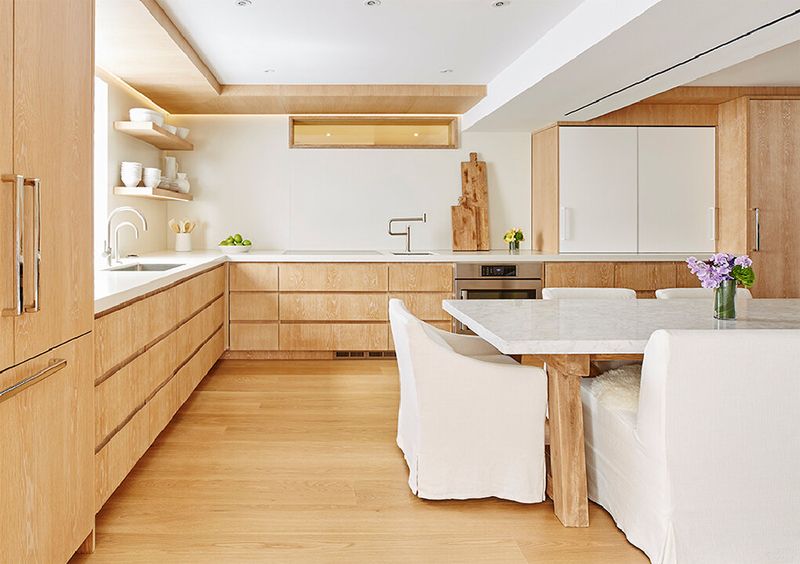
Custom cabinets cost tens of thousands specifically because homeowners chose premium wood species for their natural beauty and durability.
Professional cabinet makers select wood grades carefully to ensure grain patterns flow beautifully throughout the kitchen design. Paint reduces this expensive custom work to the same appearance level as basic builder-grade cabinets available everywhere.
Refinishing preserves the investment while addressing any wear issues without compromising the luxury appearance that makes custom cabinetry worthwhile originally.

